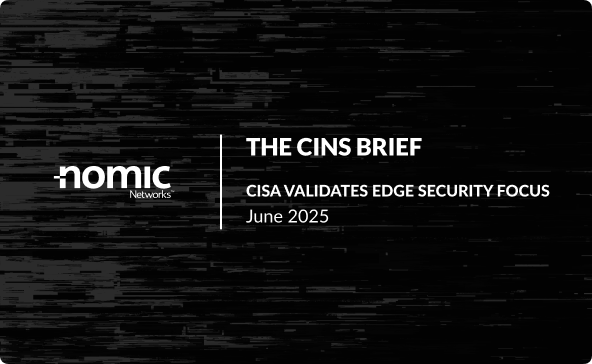How Are You Weathering The Storm?
Our Take

Ted Talks
What Security Frameworks Can Miss
One thing in particular stuck out from our latest post discussing security misconceptions that still persist in local government: The myth that meeting framework guidelines means you're secure. We love frameworks like the CIS Controls around here, because they're like a shortcut to what's most important. But what they miss sometimes is the real-world practicality of some tools that help teams weather the cyber storm while getting their house in order. (Our own Outpost comes to mind, obviously.)
Featured Article

8 Security Misconceptions That (Still) Persist in Government Today
It’s no secret that local governments face an uphill battle when it comes to cybersecurity. Aging infrastructure, limited budgets, and small IT teams collide with an increasingly aggressive threat landscape. Here are eight security misconceptions that still trip up governments and what they should be focusing on instead.
Read About Security Misconceptions in Government
In the News
In Other News
- 5 questions CISOs should ask vendors (CSO Online)
- Phishing training doesn't stop your employees from clicking scam links - here's why (ZDNET)
- Cybersecurity in smart cities under scrutiny (CSO Online)
- Governors, mayors, CIOs sign letter supporting state and local cyber grant reauthorization (StateScoop)
- State Cyber Workforce Development Gets $3.3M Federal Push (GovTech)
- 88% of CISOs struggle to implement zero trust (CSO Online)
Nomic News

Threat actors are increasing in sophistication and aren’t making exceptions for the small or underprepared. The same threats that target Fortune 500s also come after SMBs and organizations just growing into their digital maturity. Smaller organizations now need to be protected more than ever, but where to start? In recent years, managed services have stepped in to solve this paradox in various novel ways.
Learn How Managed NDR Protects SMBs
Why is it called the "CINS Brief" Newsletter?
"CINS" is a reference to the CINS Army. As one of the first widely distributed threat intelligence feeds, CINS Army filters out most of the noise caused by malicious scanners, allowing analysts to focus on more important threats. Its strength comes from the source of its data: A diverse Nomic customer base made up of real networks, with real people behind them.




